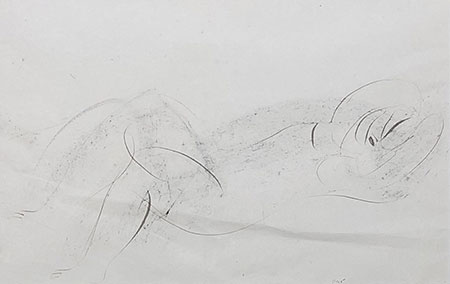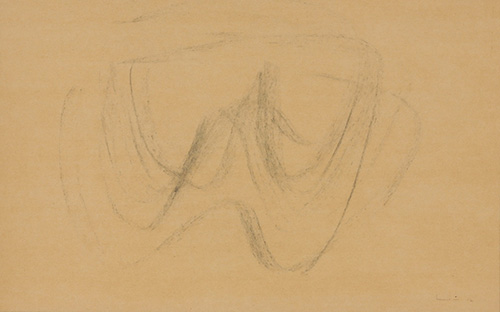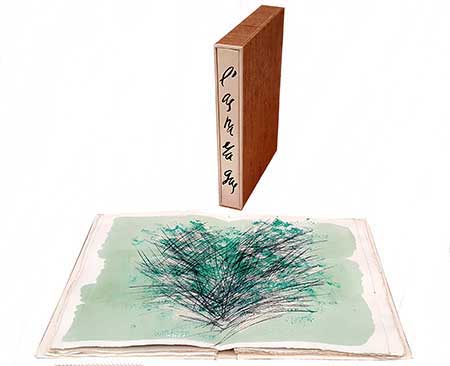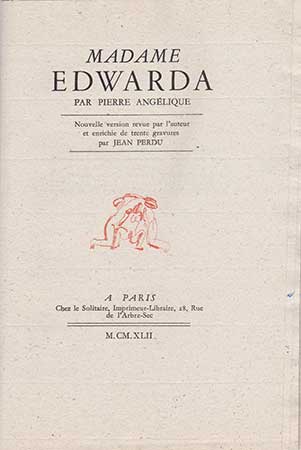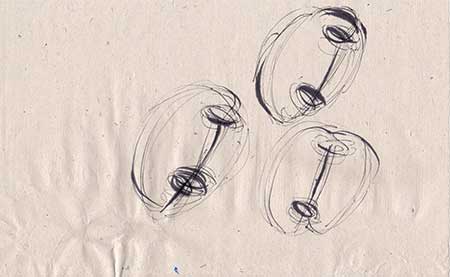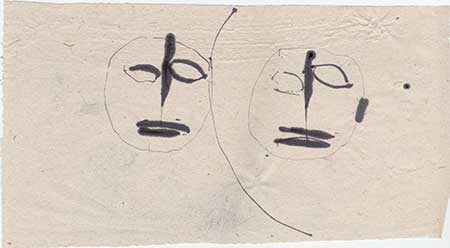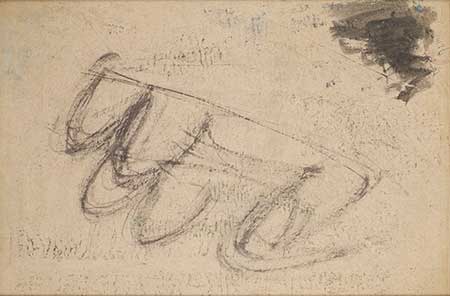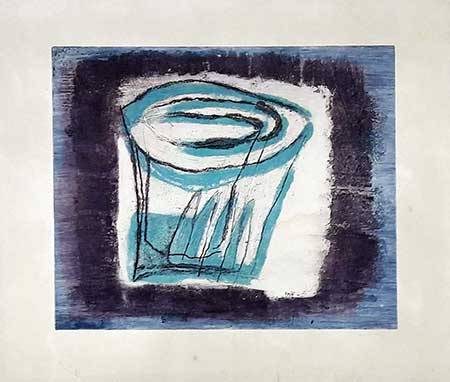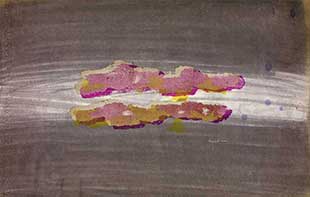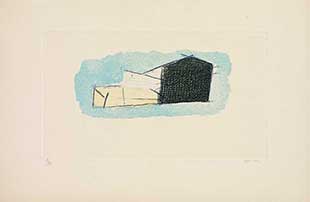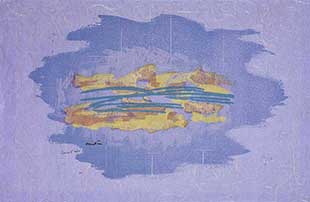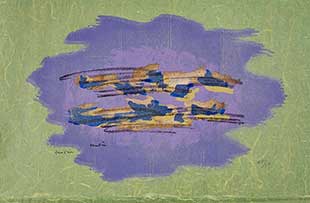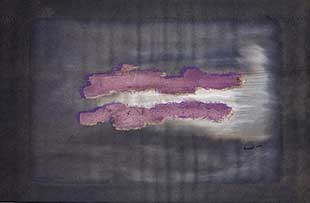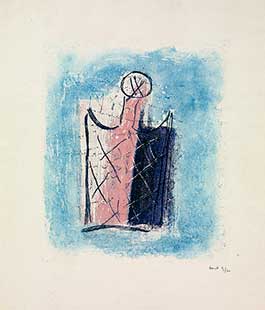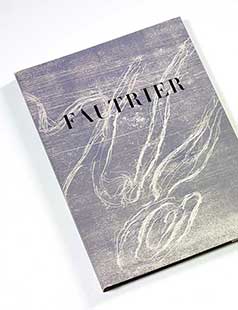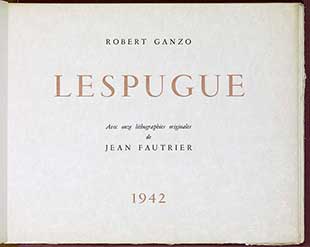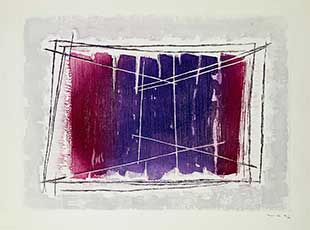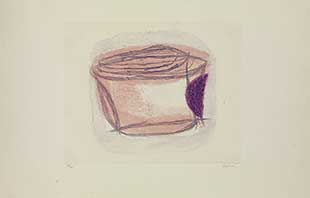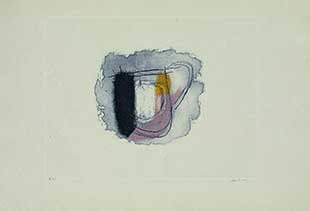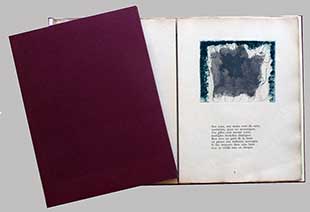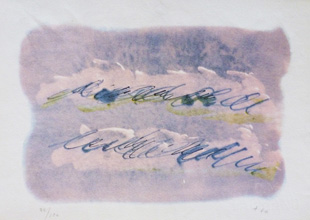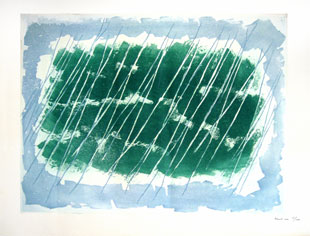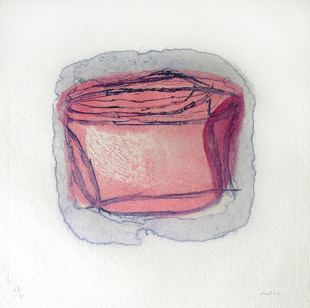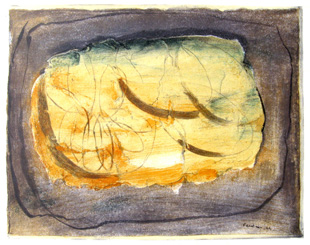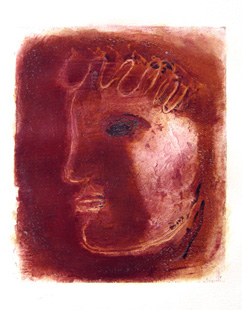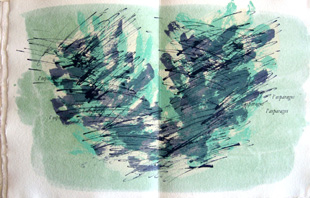FAUTRIER
Prints | Biography | Catalogue raisonne | Prints sold JEAN FAUTRIER
JEAN FAUTRIERhere are the original prints signed, eching and aquatint, and an illustrated book with lithographs by Jean Fautrier, click on the images to enlarge them. Unless otherwise specified all the prints shown on this page are signed by Fautrier and are original.
Jean Fautrier was born in Paris in 1898. After the death of his father, Fautrier was taken along by his mother to London where he worked in some schools of art: Private academy of painting, Royal Académy then Slade School. Quickly disappointed by the teaching given in these schools, Fautrier decided to take a workshop and to work alone. In the Year 1917, Fautrier returned in France and be called up there. In 1923, Fautrier met Jeanne Castel, this same year, the artist carried out his first engraving. In 1924, first personal exhibition and first sales ; the following year, the art dealer Paul Guillaume buys some paintings to him. It is with this same Paul Guillaume that Fautrier signed a franchise agreement in 1927. In 1928, Fautier met André Malraux and the Gallimard editions required him to illustrate a text poetic, Fautrier choosed "the hell" of Dante, and carried out 34 lithographs in colours. The project turned unfortunately short and will never be taken again. The economic crisis touched the art market in the Thirties and Paul Guillaume broke the contract with Fautrier. Between 1934 and 1939, the artist leaved Paris for the Alps and became professor of ski and manager of a dance hall to earn money, In 1940, Fautrier returned in Paris and feels the urgency to paint again ; he took a workshop which will be used as place of meeting for his resistant friends, he met and became friend with Jean Paulhan. Between 1942 and 1945, it is the beginning of a long collaboration with George Blaizot, Fautrier is impassioned for the prints and carried out many illustrated books for the Parisian publisher : engravings in colors for Orénoque of Robert Ganzo, lithographs in colors for Lespugue of Ganzo still, 31 engravings for Mrs Edwarda of George Bataille. It is at that time that Fautrier painted the Otages, which will be exhibited at Drouin Gallery in 1945. In 1947, publication of Alleluiah of George Bataille, illustrated of 18 lithographs, and La femme de ma vie, engravings for poems of Andre Frénaud. The following year, Fautrier worked to the illustration of Fautrier l'Enragé, text of Jean Paulhan, a great volume containing original engravings in colours for the publisher Blaizot. The book will not have any success. Between 1949 and 1953, Fautrier used a process, half print half painting which he will call "originaux multiples" which will be exhibited in Paris and New York. Fautrier returned to painting between 1954 and 1958. Between 1955 and 1964, he returned to the prints with the series of great etchings with aquatint. In 1956, invasion of Hungary, Fautrier painted the heads of partisans. In 1958, the artist signed a franchise agreement with Michel Couturier and with the printer Jacques David, new engravings will be published. In 1960, Fautrier received the international price of painting to the Biennial of Venice. In 1963, publication of Asparagus at Francoise Mermod Publisher in Lausanne, with original lithographs of the artist on a poem of Francis Ponge. In 1964, the Museum of Modern art of Paris realized a big retrospective of the painter. Sick, Fautrier could not go there, and died on July 23, 1964.

Jean Fautrier : les estampes
Published by the Cabinet des Estampes de Genève in 1986, under the direction of Rainer Michael Mason, this catalogue reference all the prints and the illustrated books of Jean Fautrier, comprising between 1923 and 1963. About 300 prints are here described and reproduced, including the 34 lithographs in colours for the Enfer of Dante, today very rare. A part of the catalogue is devoted to the originaux multiples of the artist. Biography, bibliography, text of Castor Seibel and Marcel-André Stalter.
Published by the Cabinet des Estampes de Genève in 1986, under the direction of Rainer Michael Mason, this catalogue reference all the prints and the illustrated books of Jean Fautrier, comprising between 1923 and 1963. About 300 prints are here described and reproduced, including the 34 lithographs in colours for the Enfer of Dante, today very rare. A part of the catalogue is devoted to the originaux multiples of the artist. Biography, bibliography, text of Castor Seibel and Marcel-André Stalter.


